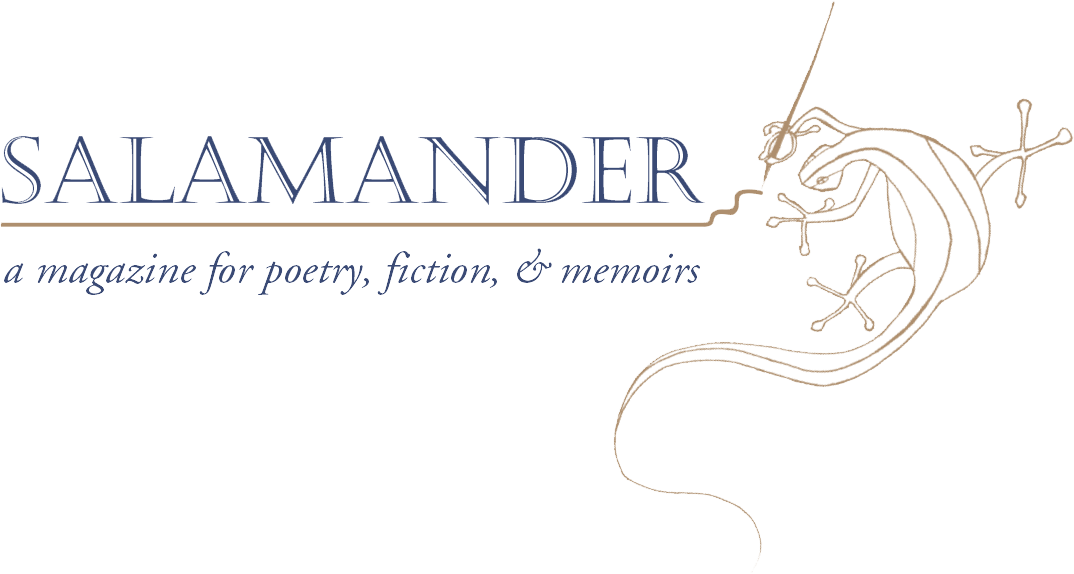In the winter of ’42 in Chicago, it is below freezing. The University of Chicago football team is getting paid by the hour to stack piles of graphite on the squash court for the scientists, Enrico Fermi and his gang. Enrico, as an Italian, is an enemy of the state. In order to fly here to Chicago to work on the nuclear bomb project he had to get a permit to “make a trip outside of his own community.” 6 A recent graduate, Volney Wilson, is handling the control rods, determining when to let the neutrons get knocked out and when to let them knock out others. Leona Marshall, a recent chemistry doctoral graduate, thinks Volney’s spectacular: not only does he have this important job, but he’s invented a swimming stroke called the Dolphin, the efficiency of which helped him win the Olympics a few years prior, though he was ultimately disqualified for it. Last summer she went with him and Fermi to Lake Michigan and thought, How he can swim!
Leona’s brother is a flamethrower in Okinawa; she is certain he will not last another invasion. All the young PhDs in unpressed tweed suits and moccasins have changed into dark clothing and are spending each day in the unheated double squash court, below the University of Chicago football stands, soldering and watching gauges. The black graphite dust floats like dark fog through the floodlight beams. Leona wears a skirt, hose, and kitten heels and has been asked to stay out of the way of construction. She’s mostly back in her heated lab, with her own graphite and uranium, experimenting with what happens when she changes the temperatures of neutrons. The pile of graphite and uranium gets bigger and a balcony is built so Fermi can oversee the work. On December 2nd, Fermi and Leona crunch over to the stadium through the blue-tinted snow. Because gas is rationed, few cars pass. The streets are quiet. They arrive at the stadium, double check the measurements, and confirm everything is ready for the evening. They crunch back to Leona’s apartment. She’s nervous and in her rush leaves bubbles of dried flour in the pancake batter. Fermi thinks she’s made pine nut pancakes. The afternoon passes. At the squash court, the stands are full of glowing control equipment and blinking readout circuits. Forty-two people appear, scientists and government officials, all beneath the stands waiting for Fermi’s proof that this thing, a chain reaction that splits uranium atoms, will happen. Some want him to fail; some want him to succeed; some are waiting for the return on their investment; some are curious to see what will happen; some would rather be at home with their new wives. Theoretical physicist Robert Oppenheimer has not yet said, The deep things in science are not found because they are useful, they are found because it was possible to find them. He has not yet said, Taken as a story of human achievement, and blindness, the discoveries in sciences are among the great epics.7 Enrico Fermi stands on the balcony above the pile and calls out his instructions. The clicking sound of ionized radiation. As the rods pull out slowly, the clicks increase. “Another foot, George,” calls Fermi. Nothing appears to happen. And then, and then, the voice of Fermi calls out, “The pile has gone critical.” The small red line on a gauge has risen up and up without leveling off. Everyone waits and waits. A safety bell rings. The chain reaction has passed the designated level of safety. Volney Wilson reaches over, grabs the safety wires and yanks them out of the wall to stop the bells. Fermi calls out from the balcony, “The pile has gone critical.” Someone shoves the cadmium-coated safety rods into the pile; the chain reaction stops. Other than Fermi’s voice, and the bells, the gauge goes critical without fanfare. To a non-scientist onlooker, it doesn’t look like anything very spectacular. Only a small amount of energy is made, enough to barely turn on a flashlight. The pile does not make sound. It does not move. No one in the stands can see the energy. One half a watt. The men file out of the squash court. Leona and other scientists stay back to clean up the pile and lock the safety rods in place. They take off their lab coats and put on their warm winter coats. Scientist Wigner walks back in with a paper bag and pulls out a bottle of Chianti. An Italian wine in honor of their Italian leader, Fermi, he thinks, and then says. Wigner fills each paper cup with a splash of wine. No one toasts. Leona will say later she thought, If we did it, haven’t the Germans? Wigner will say later he felt the eerie feeling of unlocking a giant. The scientists take their sip. Later, a Chianti importer will send a case of wine to the scientists as a thank you for the free advertising.8
